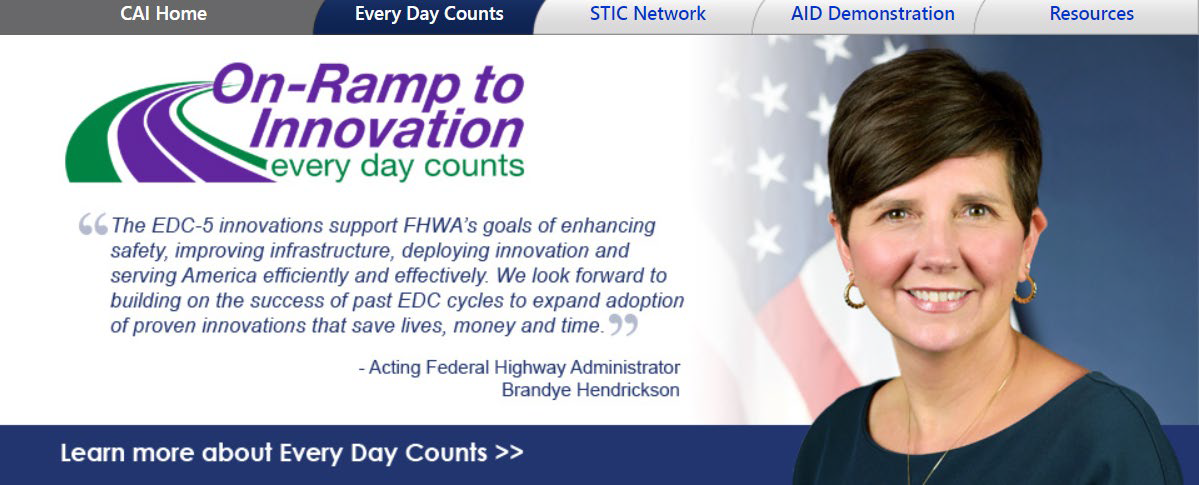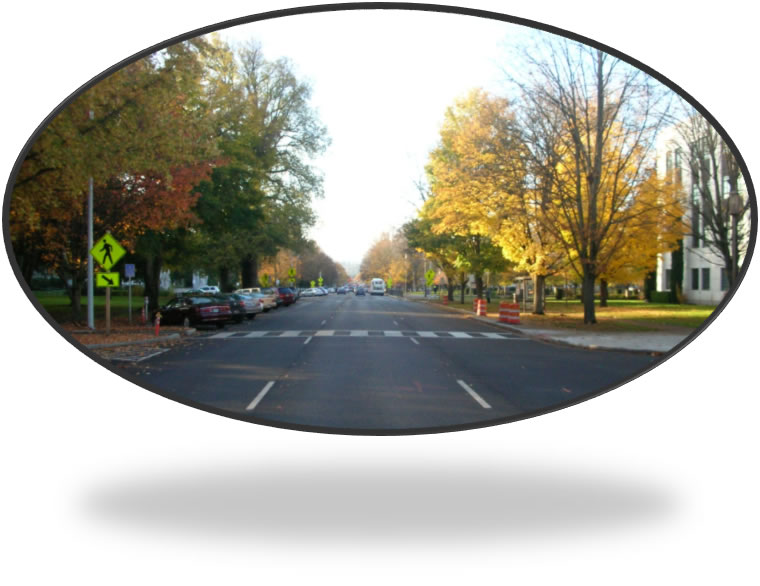Presentation 1
Value Capture: Capital Improvement Plan
Value Capture Techniques Summary
- Developer Contributions - One-time charges collected by local governments from developers to offset the cost of infrastructure and services necessitated by new development.
- Special Assessments - An additional fee or tax assessed on businesses or residents in specified geographic areas benefiting proximity to a highway or other transportation facility or corridor.
- Fees - Similar to a utility fee, transportation fees are assessed based on how individual businesses and households use transportation facilities.
- Incremental Growth - A mechanism allocating back to infrastructure from some specified portion of increased property tax revenues fostered by new infrastructure - often for a specified period of time.
- Joint Development - Sale or lease of land or air rights on or adjacent to transportation facilities. This can include donations of land or other in-kind resources from the private sector in ongoing commercial operations.
- Concessions - Sale or lease of government owned assets - such as toll roads or bridges - to private-sector investors/operators.
- Advertising and Naming Rights - Sale of advertising space or naming rights on a transportation facility. Note: Commercial uses within Interstate Highway System right of way, including rest areas, is prohibited by law; however, they may be allowed on toll facilities and in transit stations.
Introduction to Capital Improvement Plan
- What is a Capital Improvements Program?
- What are the benefits?
- What is the legal framework?
- What is a capital project vs capital equipment?
- What is the CIP Process?
- Relationship with the Master Plan?
Capital Improvement Program (CIP)
- A multi-year planning document
- 5-10-year plan
- that identifies projects, priorities, funding, and financing
- used by the City/County to
- Identify and justify capital improvements
- coordinate the funding, financing and timing of project delivery
- The comprehensive plan is the benchmark.
Which Value Capture Revenue Techniques?
- Impact Fees
- Special Assessments,
- Transportation Utility Fees
- Tax Incremental Finance
- and similar but with local name (such as "overlay district")
Three "flavors"
- Standard
- Addresses system deficiencies (road and bridges)
- Comprehensive
- Addresses changing community needs (multi-modal and complete streets) such as growth and equity
- Transitioning to Sustainability (T2S)
- Addresses shift to desired future conditions
- asset management across multiple sectors,
- incremental contributions
- such as neighborhood resilience and economic diversity
- Addresses shift to desired future conditions
Why use a CIP?
- Many states require a CIP before the local government can apply Value Capture Revenue Techniques
- Only projects included in the CIP can be funded with impact fees
- must satisfy the "Rational Nexus" and proportionality tests
- should describe use, intensity, and future service standards
- Only projects included in the CIP can be funded with impact fees
- The CIP is a transparent signal to private investors
- Optimizes the sources of funding, and total fund availability, for asset owners
- Maximizes community-based outcomes
- Minimizes threats to individual project delivery schedules
Project Categories
- General Improvements
- Community Improvements
- Parks
- Streets
- Managed by Public Works
- "Clients" are other Departments and Public Work Maintenance
- Other Departments Lead Certain Projects
CIP Elements
- Influence diagram or narrative
- Fundamental objectives and functional requirements
- Logic Model of the relationship between prioritized projects and place-based private sector investment decisions
- Prioritized list of projects and cost estimates
- Transportation
- Non-transportation
- Funding and finance solution space(s)
- Advanced CIPs can include Federal & state funding, Federal low interest loans, and local infrastructure bank or revolving fund
CIP Logic
| Do This | By Improving | To Modify |
|---|---|---|
| Adjust flows of | Lifeline Infrastructures | Place-based investments |
|
|
|
Modifying Place-Based Decisions
Amount - a change in overall amount (stock)
Pace - a change in the rate
Location - a change in the direction or location
Pattern - a change in the type (density; use)
CIP Process - Comprehensive
- Guiding Documents
- General Plan
- Specific Plans
- Parks Master Plan
- Bike & Ped Master Plan
- Streetscape Master Plan
- Value Capture revenue techniques or mechanisms
- Regional Transportation Plans
CIP Process
- Review of current needs and available/new funding sources
- Needs related to progressive growth
- Needs related to gap funding (deficiencies)
- Internal discussions/decisions on priorities, schedules, and funding
- Maintenance and other requests
- Commission(s) review and make recommendations to City Council
- City Council Approval
- Project Work
- Community Engagement
- Planning, Environmental, Right-of-Way, Design, Construction
CIP for Value Capture
Revenue techniques and mechanisms that capture induced private investment:
- Impact Fees (Public Facility Fees, Traffic Fees, Park Fees) & Mitigation Fees (Project Mitigations)
- Other local / regional sources (Grants, Community Benefit Payments, Assessment Districts, etc.)
Traditional Funding Sources
- State Gas Tax
- Measure X, etc.
- Vehicle Registration Fee (VRF)
- Traffic Impact Fees
- Special Assessments
- Federal, State, Regional Grants
- General Fund
- Others
CIP Clones
- Economic Development Administration
- Ecosystem
- U.S. Army Corps of Engineers
- Integrated Watershed Management Plan
Questions?
EDC-Value Capture Implementation Team
Kevin Moody, Infrastructure Ecologist
FHWA Office of Technical Services - RC (EAR TST)
Kevin.Moody@dot.gov
ValueCapture@dot.gov









